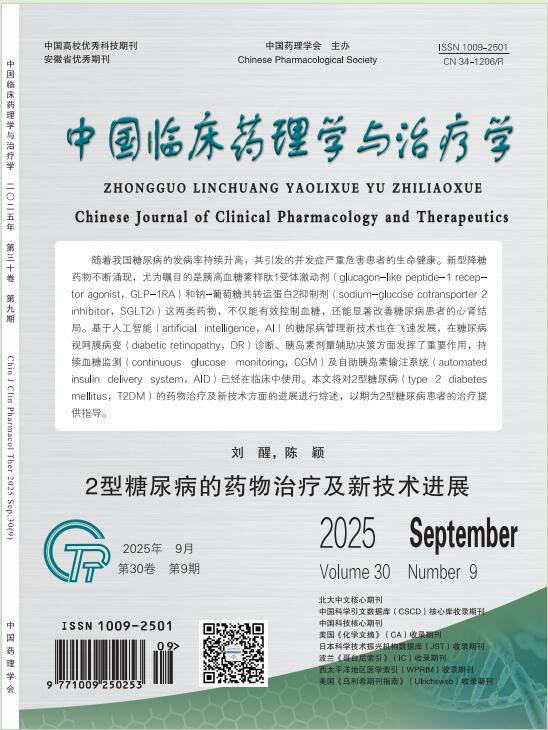AIM: To explore the molecular mechanism of Fuyangjing gel in the treatment of chronic eczema rats model based on janus protein kinase 1 (JAK1)/signal transducer and activator of transcription 5 (STAT5) signaling pathway. METHODS: Thirty-six SPF Wistar rats were randomly divided into normal group, model group, Qingpeng ointment group, Fuyangjing gel low, medium and high dose groups. Except the normal group, the other groups of rats were treated with 2,4-dinitrochlorophenone solution to induce chronic eczema-like lesions on the back. After 3 weeks of modeling, Qingpeng ointment group and Fuyangjing gel low, medium and high dose groups were respectively treated with corresponding drugs. The model group was smeared with blank gel matrix once a day for 2 weeks, while the normal group was not treated. The severity and pathological changes of back lesions in chronic eczema rats were observed. The expression of phosphorylated protein tyrosine kinase 1 (p-JAK1) and phosphorylated signal transduction and transcriptional activator 5 (p-STAT5) in rat dorsal skin was detected by Western blot. Detection of thymic stromallymphopietin (TSLP), JAK1, STAT5, interleukin-10 (IL-10) and IL-17 mRNA expression levels in rat back skin by qRT-PCR; The levels of IL-4, IL-6, IL-10, IL-13 and IL-17 in serum of rats were determined by enzyme-linked immunosorbent assay (ELISA). RESULTS: Compared with normal group, the serum levels of IL-4, IL-6, IL-13 and IL-17 in model group were significantly increased, while IL-10 levels were significantly decreased (P<0.05). The expression levels of p-JAK1, p-STAT5 protein and TSLP, JAK1, STAT5 and IL-17 mRNA in back lesions were significantly increased, while IL-10 mRNA levels were significantly decreased (P<0.05). Compared with model group, serum levels of IL-4, IL-6, IL-13 and IL-17 in Qingpeng ointment group and Fuyangjing gel low, medium and high dose groups were significantly decreased, while IL-10 levels were significantly increased (P<0.05). The expression levels of p-JAK1, p-STAT5 protein and TSLP, JAK1, STAT5 and IL-17 mRNA in back lesions were significantly decreased, while the mRNA levels of IL-10 were significantly increased (P<0.05). The serum levels of IL-4, IL-6, IL-13 and IL-17 in Qingpeng ointment group were decreased, while IL-10 levels were increased (P<0.05). The expression levels of p-JAK1, p-STAT5 protein and TSLP, JAK1, STAT5 and IL-17 mRNA in back lesions were decreased, while the mRNA levels of IL-10 were increased (P<0.05). Compared with Qingpeng ointment group, there were no significant differences in serum levels of IL-4, IL-6, IL-10, IL-13 and IL-17 in Fuyangjing gel high-dose group (P>0.05). There were no significant differences in the expression levels of p-JAK1, p-STAT5 protein and TSLP, JAK1, STAT5, IL-10 and IL-17 mRNA in back lesions (P>0.05). CONCLUSION: Fuyangjing gel may play a role in the treatment of chronic eczema by regulating the expression of JAK1/STAT5 signaling pathway related inflammatory factors, proteins and genes.


